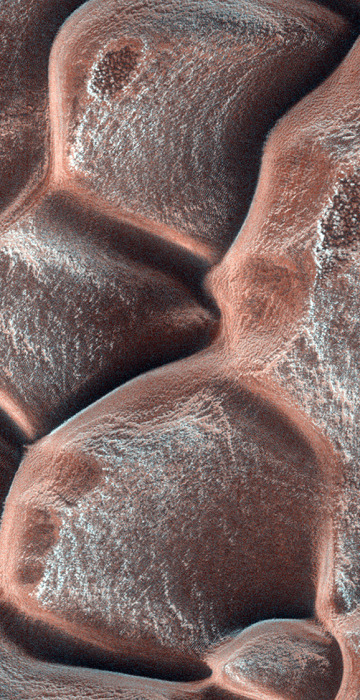
Science News
Month in Space: March 2013
Get a look at a Mars expedition on Earth, pictures from other planets and other out-of-this-world images from March 2013.
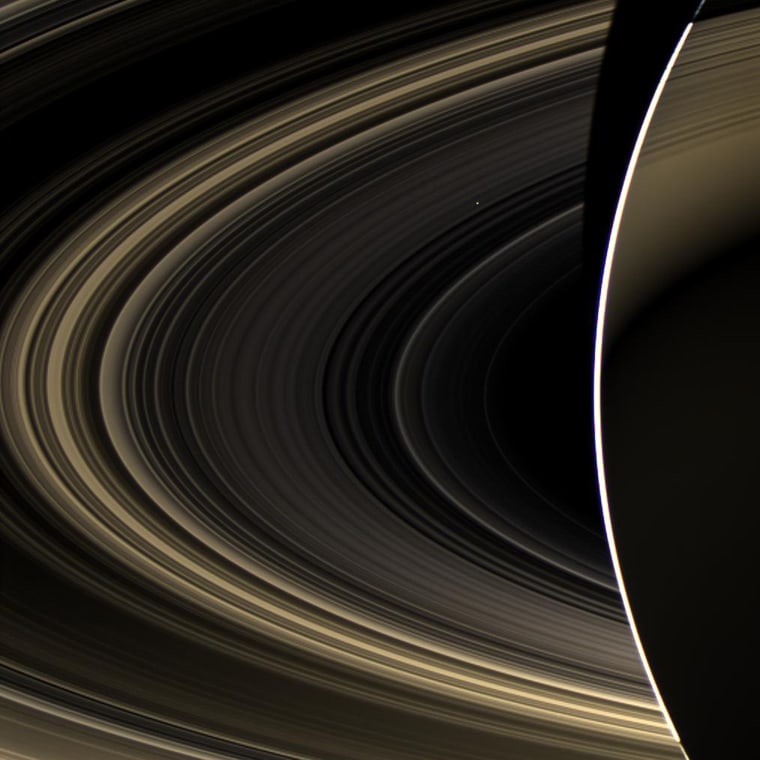
Planetary double feature
An image from NASA's Cassini orbiter shows Saturn and its rings, with the planet Venus shining as a white speck just above and to the right of the image's center. The picture was captured by Cassini's wide-angle camera on Nov. 10, 2012, and released on March 4.
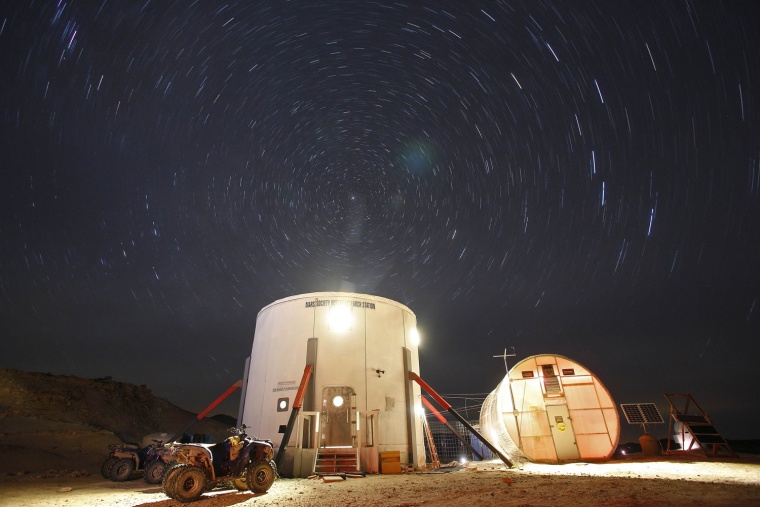
Mars in the desert
A long-exposure photo shows stars whirling above the Mars Desert Research Station, outside Hanksville in the Utah desert, on March 2. Volunteer crews use the research station to try out the tools and techniques that could be employed during a future human mission to the Red Planet.
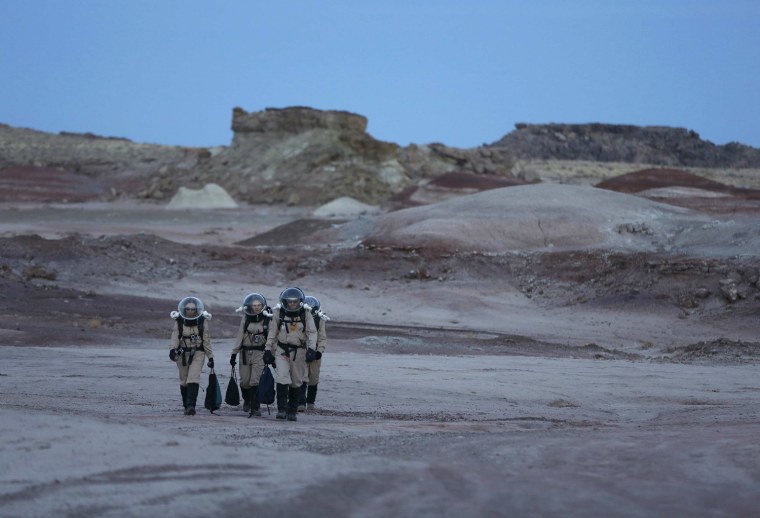
Spacewalk in Utah
Members of the Mars Desert Research Station's Crew 125 EuroMoonMars B mission return after collecting geologic samples in the Utah desert on March 2. To simulate the conditions that future explorers will face on Mars, the crew members put on simulated spacesuts every time they venture outside the research station during a mission.

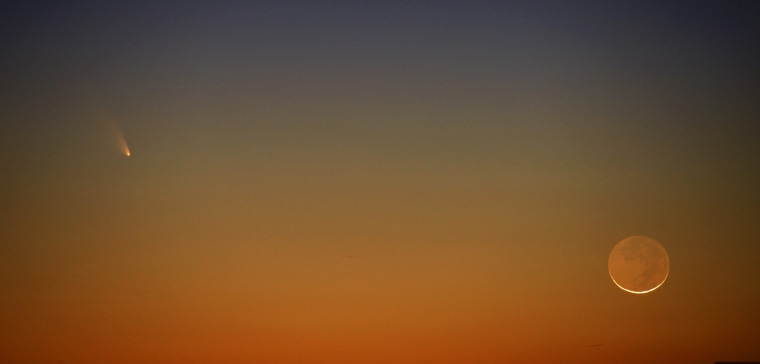
Comet shoots the moon
Comet PanSTARRS appears to the left of a slim crescent moon in the western sky, shortly after sunset on March 12 near Harrells, N.C. Northern Hemisphere observers could see the comet hanging near the horizon during most March evenings.
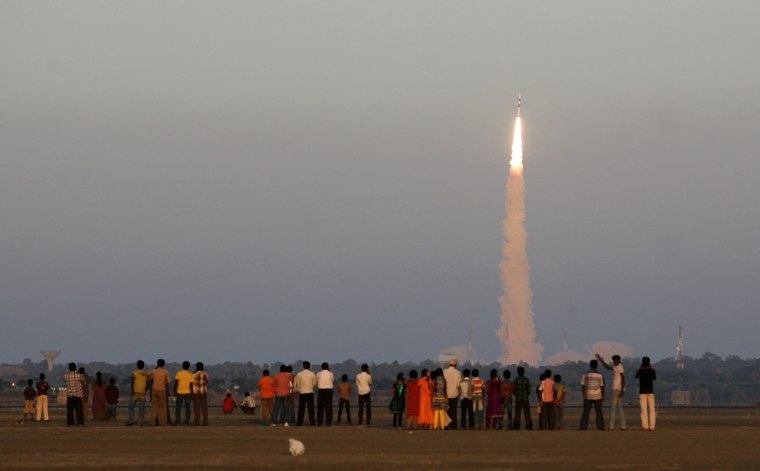
Liftoff for India
Onlookers watch as the Indian Space Research Organization’s Polar Satellite Launch Vehicle (PSLV-C20) lifts off from the Satish Dhawan Space Center in Sriharikota, India, on Feb. 25. The rocket successfully launched the SARAL oceanographic satellite and six other spacecraft.
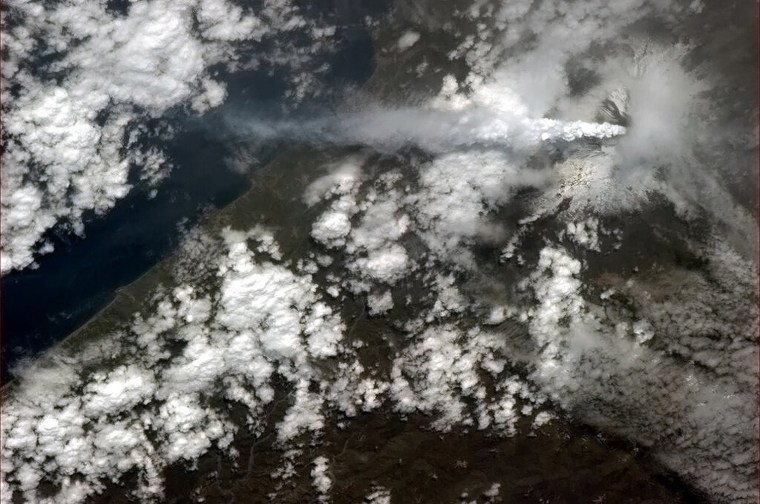
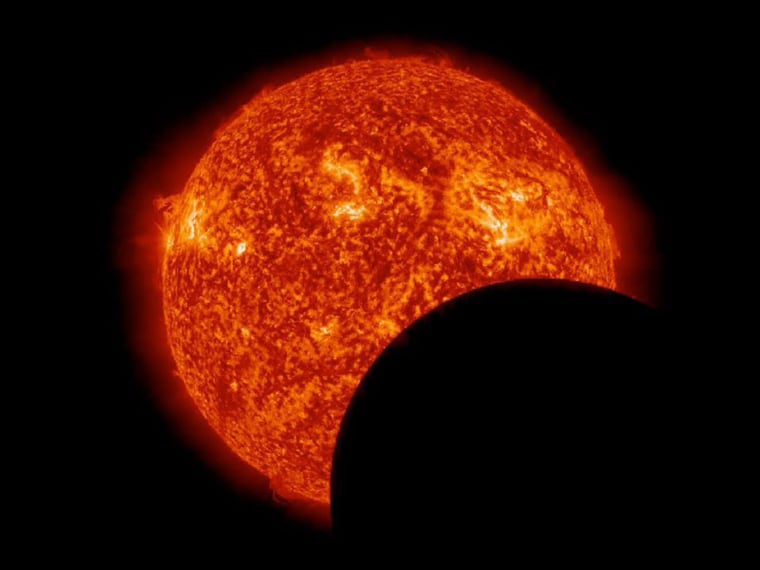
Eclipse season
NASA's Solar Dynamics Observatory caught this view of the moon crossing in front of the sun on March 11. The transit took place during the sun-observing probe's semiannual eclipse season, a period of three weeks when SDO's view of the sun is occasionally blocked by Earth or the moon.

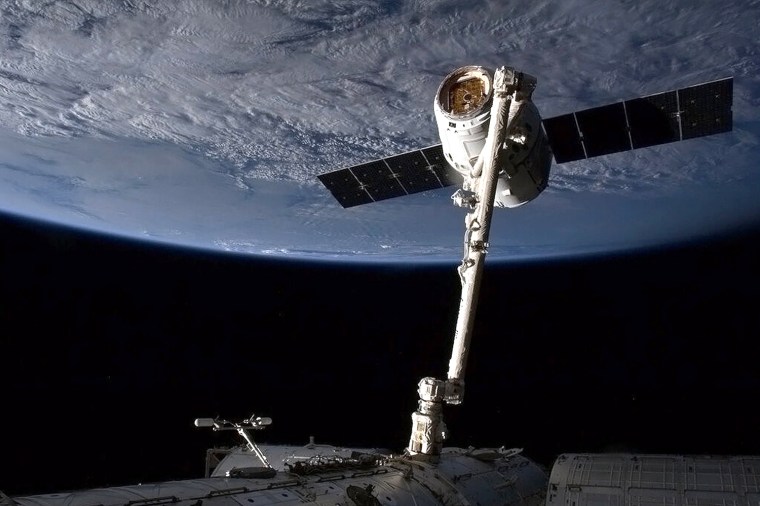
Dragon captured
SpaceX's Dragon cargo capsule is snared by the International Space Station's robotic arm in preparation for its berthing on March 3. The unmanned capsule delivered hundreds of pounds of supplies, and brought more than a ton of cargo back to Earth on March 26.
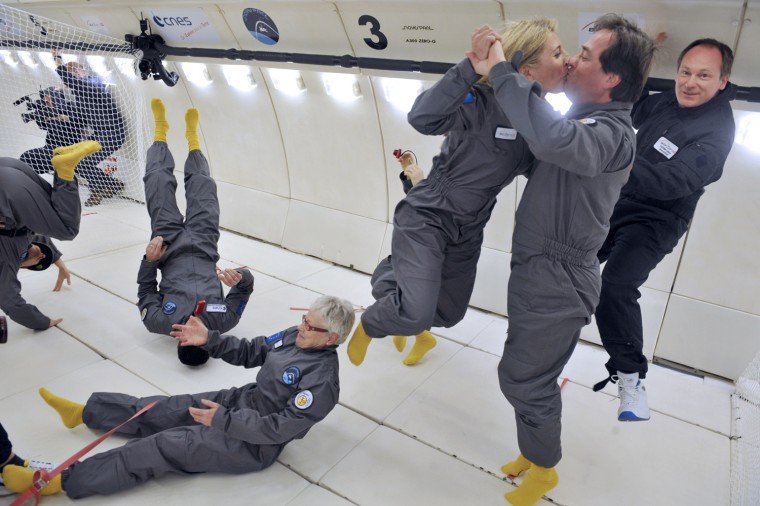
Zero-G over Europe
Civilian passengers in an Airbus A330 Zero-G jet enjoy moments of weightlessness on March 15 during the first zero-gravity airplane flight for paying passengers in France. All of the available slots for 2013 and 2014 were sold out, at a cost of 6,000 euros per person. The airplane ride simulates the microgravity of orbital space missions by going through parabolic flight maneuvers that counter the force of gravity.
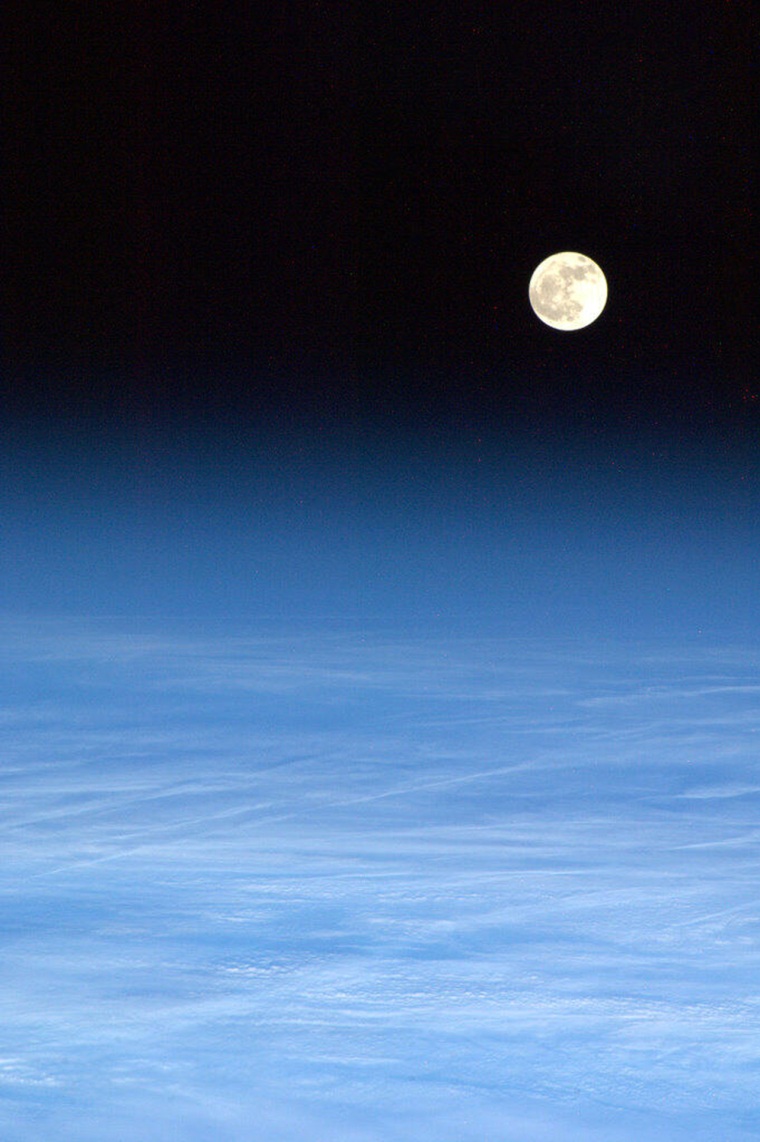
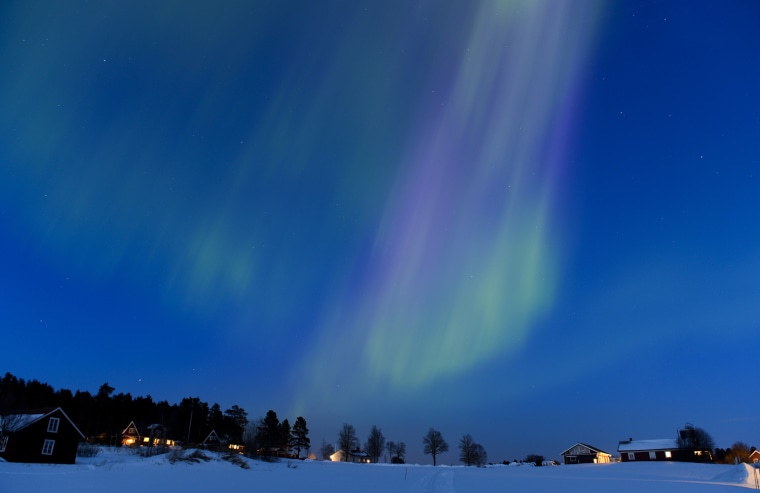
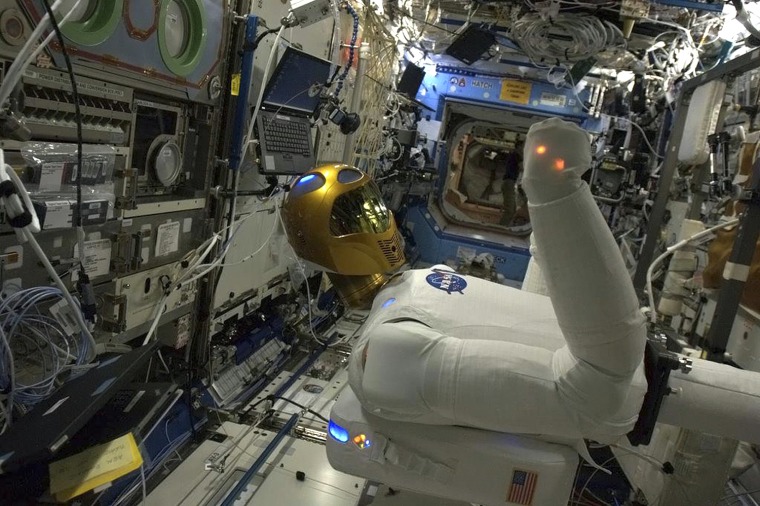
Robonaut at work
NASA's Robonaut 2, the first humanoid robot in space, is put through its paces aboard the International Space Station, as seen in a photo sent by Canadian astronaut Chris Hadfield on March 18. Robonaut was designed with the intention of eventually taking over tasks deemed too dangerous or mundane for astronauts. "It will be even more interesting when his legs are installed," Hadfield said.

Into the Whirlpool
A March 1 photo shows the Whirlpool Galaxy M51, a classic spiral galaxy that's also known as NGC 5194. It is about 30 million light-years away from Earth, and measures 60,000 light-years across. The image is a digital combination of a ground-based image from the 0.9-meter telescope at Kitt Peak, Arizona, and a space-based image from the Hubble Space Telescope, highlighting features that are normally too far into the infrared to be seen.
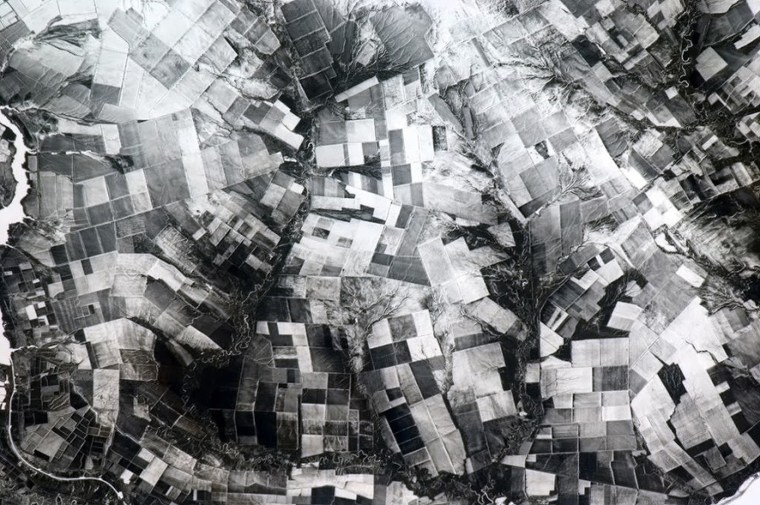
Crazy quilt
Snow-covered farmland in Central Asia looks like a complex patchwork when seen from the International Space Station. Canadian astronaut Chris Hadfield calls this picture "a monochromatic 3-D hallucination in the snow." The photo was taken on Feb. 25 and shared by Hadfield on March 14.
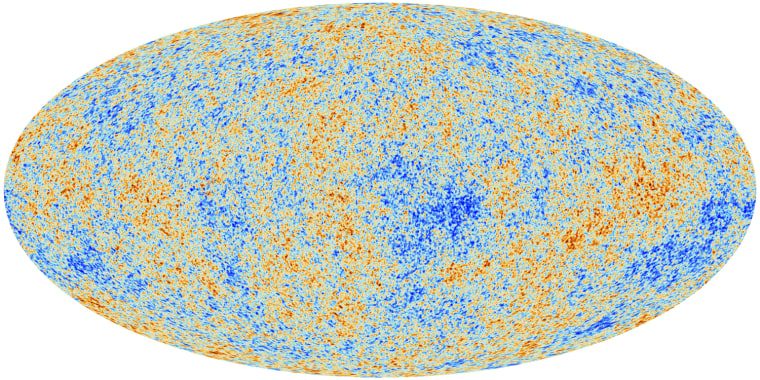
New eye on the sky
A man takes a photo of a radio antenna that's part of the Atacama Large Milimeter Array Observatory on March 12 at Llano de Chajnantor, about 43 miles (70 kilometers) from San Pedro de Atacama, Chile. The $1.5 billion ALMA facility, which had its official inauguration on March 13, is considered the world's most expensive ground-based observatory.
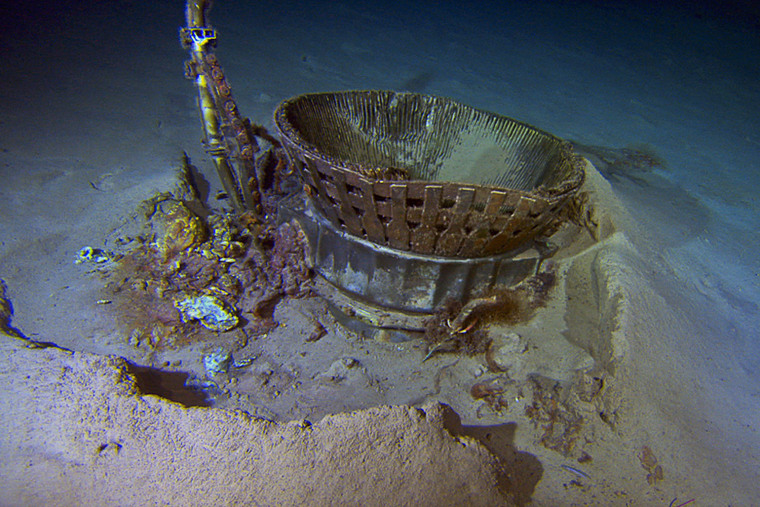
Sunken space treasure
A photograph released by Bezos Expeditions on March 21 shows a thrust chamber from a Saturn 5 rocket's F-1 engine, sitting on the Atlantic Ocean bottom. Remotely operated vehicles recovered the engine components from a depth of 14,000 feet, decades after they plunged into the sea during the Apollo moon missions. The preserved engines eventually will go on display in museums in Washington, D.C., and Seattle.
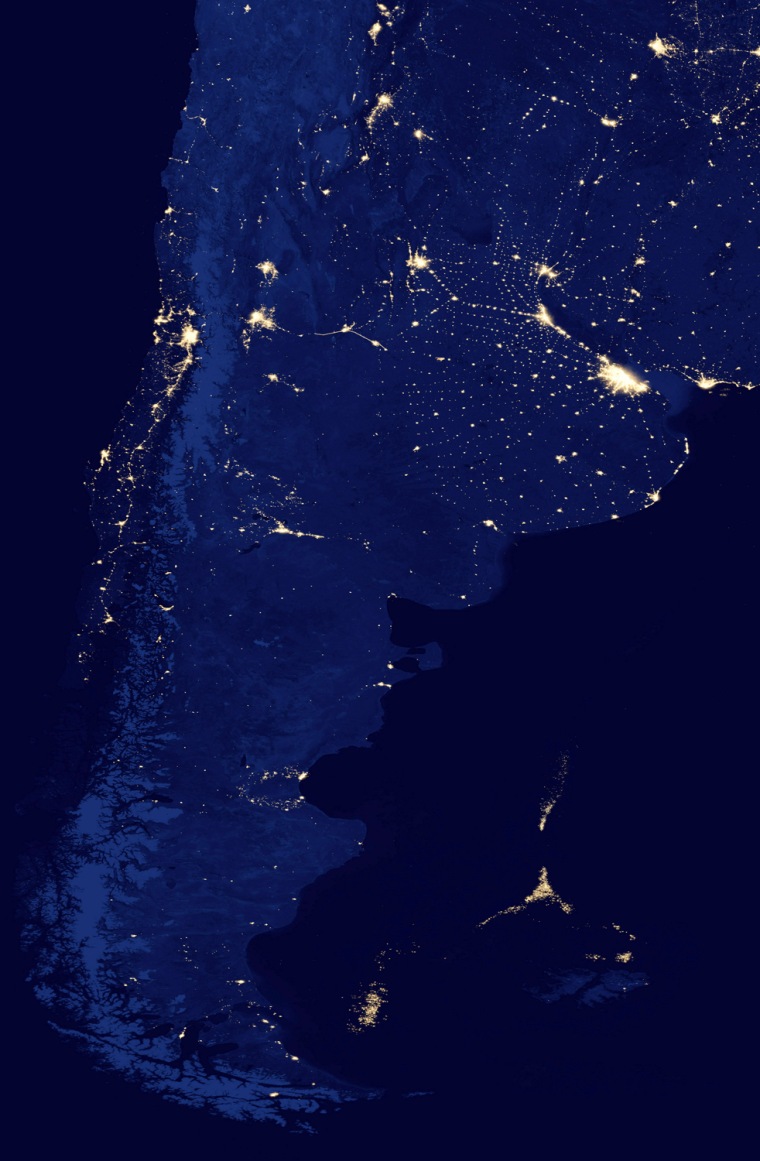
Latin lights
The southern tip of South America glitters at night in an image from the Suomi NPP satellite that was captured in April 2012 and made public on March 22, 2013. Off the coast, the lights of a huge fleet of shrimp boats can be seen, right along the maritime border that separates Argentina, the Falkland Islands and international waters. Scientists say this unmanaged fleet is threatening the South Atlantic marine ecosystem by depleting squid, which are key to a food chain that provides sustenance for penguins, seals, birds and whales.
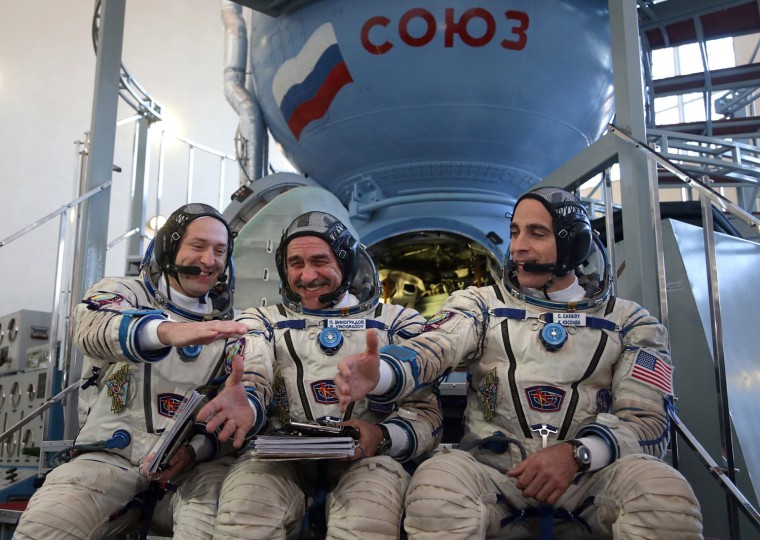
Three space amigos
Russian cosmonauts Alexander Misurkin and Pavel Vinogradov pal around with NASA astronaut Christopher Cassidy (at right) during a pre-launch test at Russia's Star City Cosmonaut Training Center on March 8. The three spacefliers are due to spend five and a half months on the International Space Station.
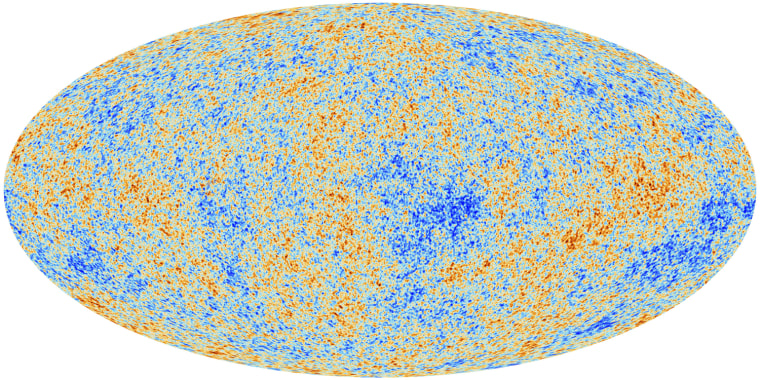
Cosmic baby picture
An all-sky image from the European Space Agency's Planck spacecraft, released March 21, provides the most detailed look yet at the imprint left behind by the big bang in the cosmic microwave background. Patterns of temperature fluctuations, shown in shades of red and blue, serve as a "baby picture" of the universe when it was just 370,000 years old. The image suggests that the universe is 100 million years older than scientists thought it was, with more matter and less dark energy than they previously thought.
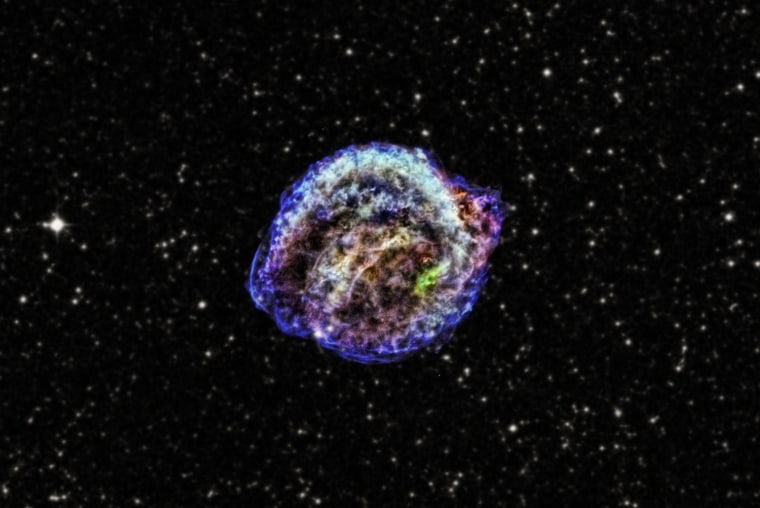
A supernova's leftovers
This supernova, discovered in 1604 by Johannes Kepler, belongs to an important class of objects that are used to measure the rate of expansion of the universe, known as Type 1a supernovae. The view you see here, released March 18, was produced using data from NASA's Chandra X-ray Observatory as well as infrared and optical imagery. The Chandra X-ray observations led astronomers to conclude that the supernova was triggered by interaction between a white dwarf and a red giant star.

